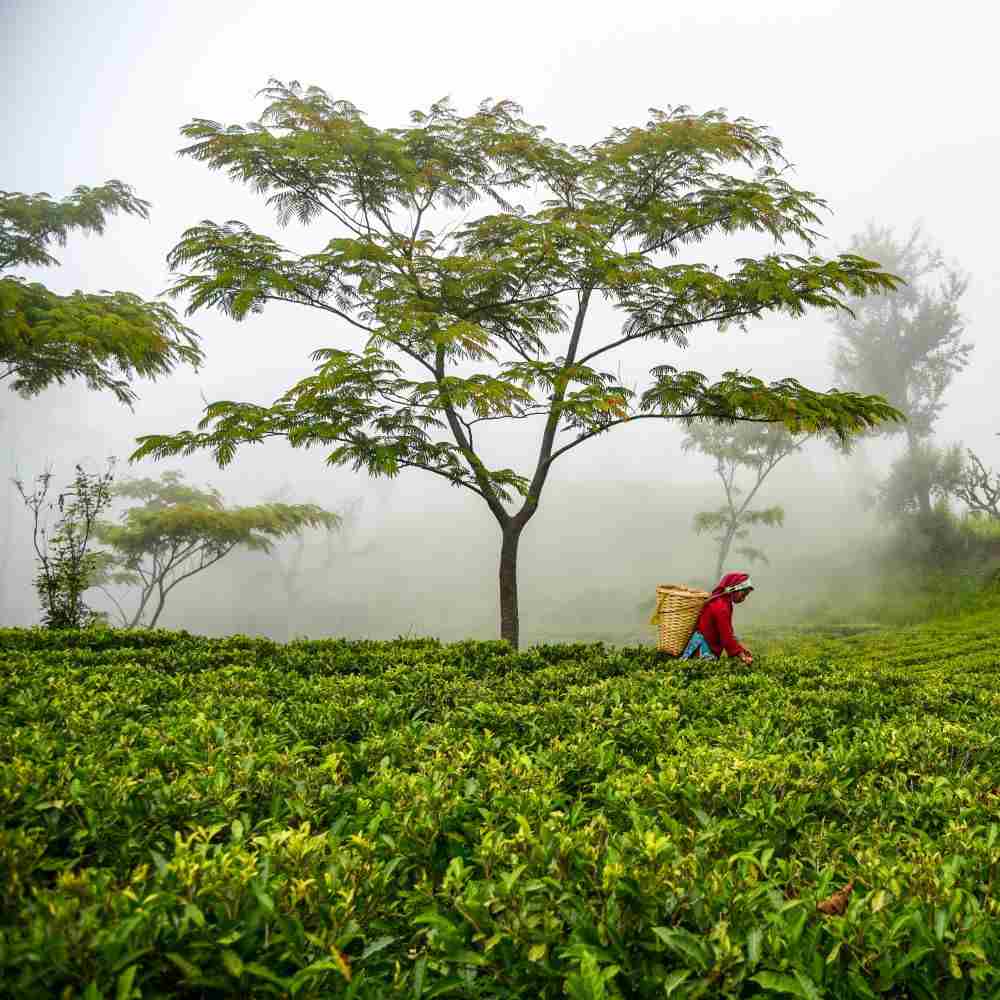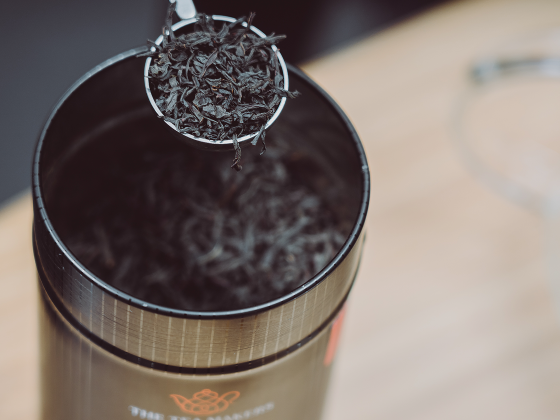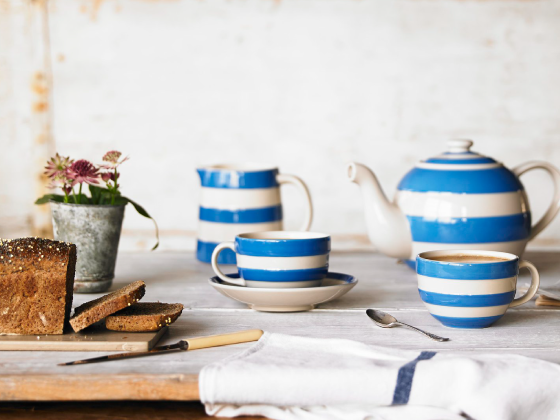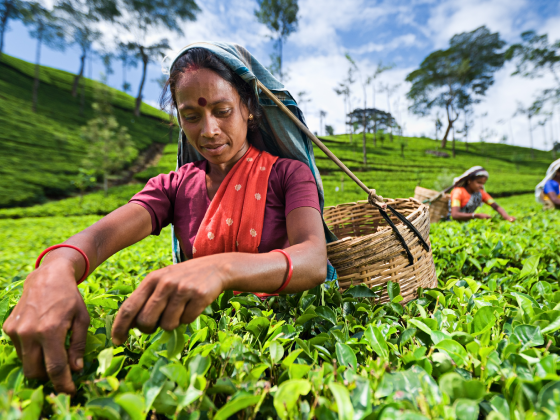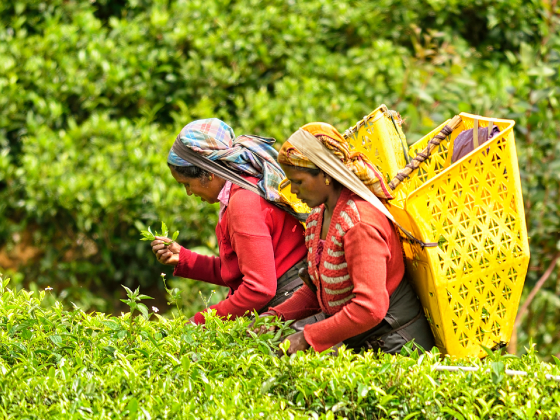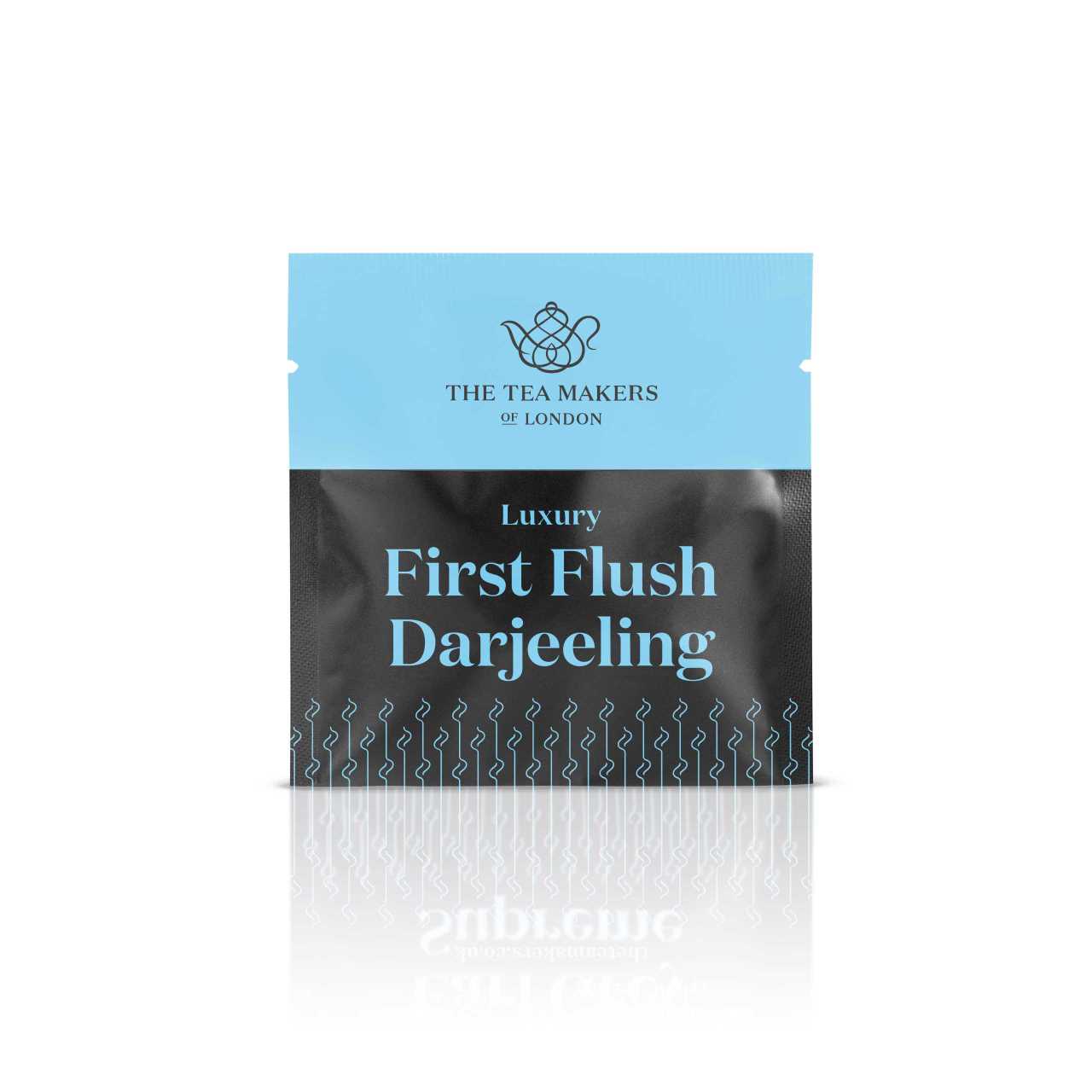

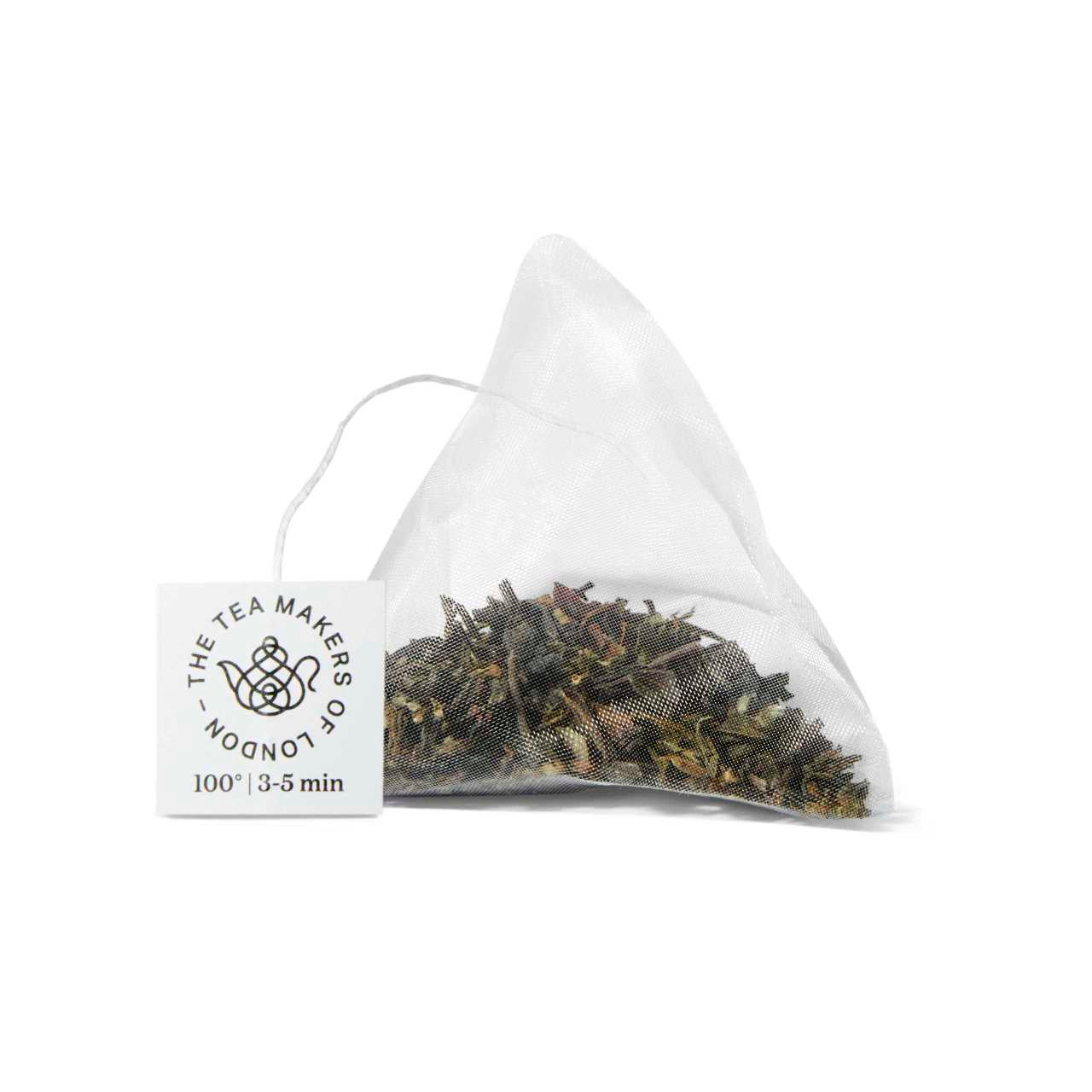

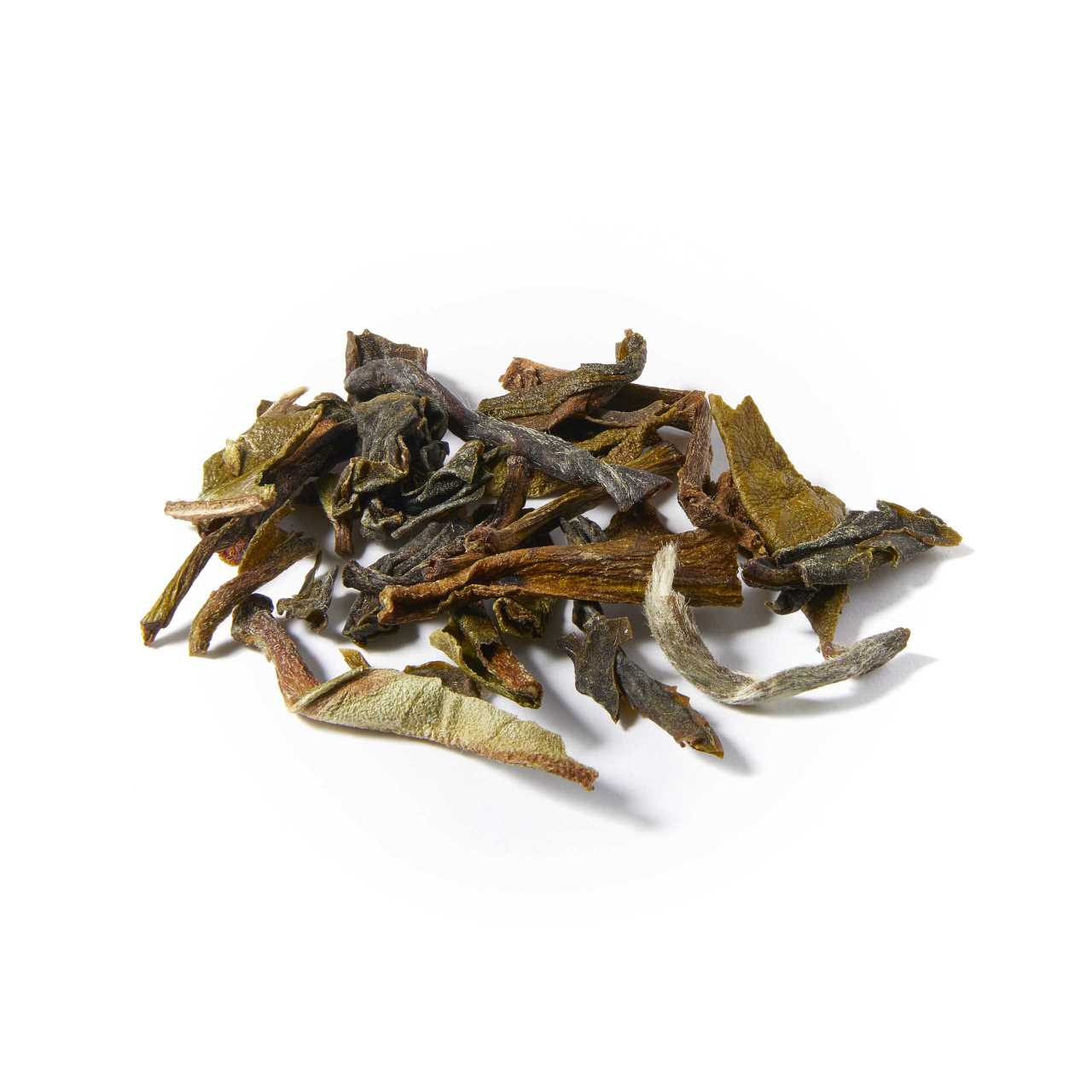

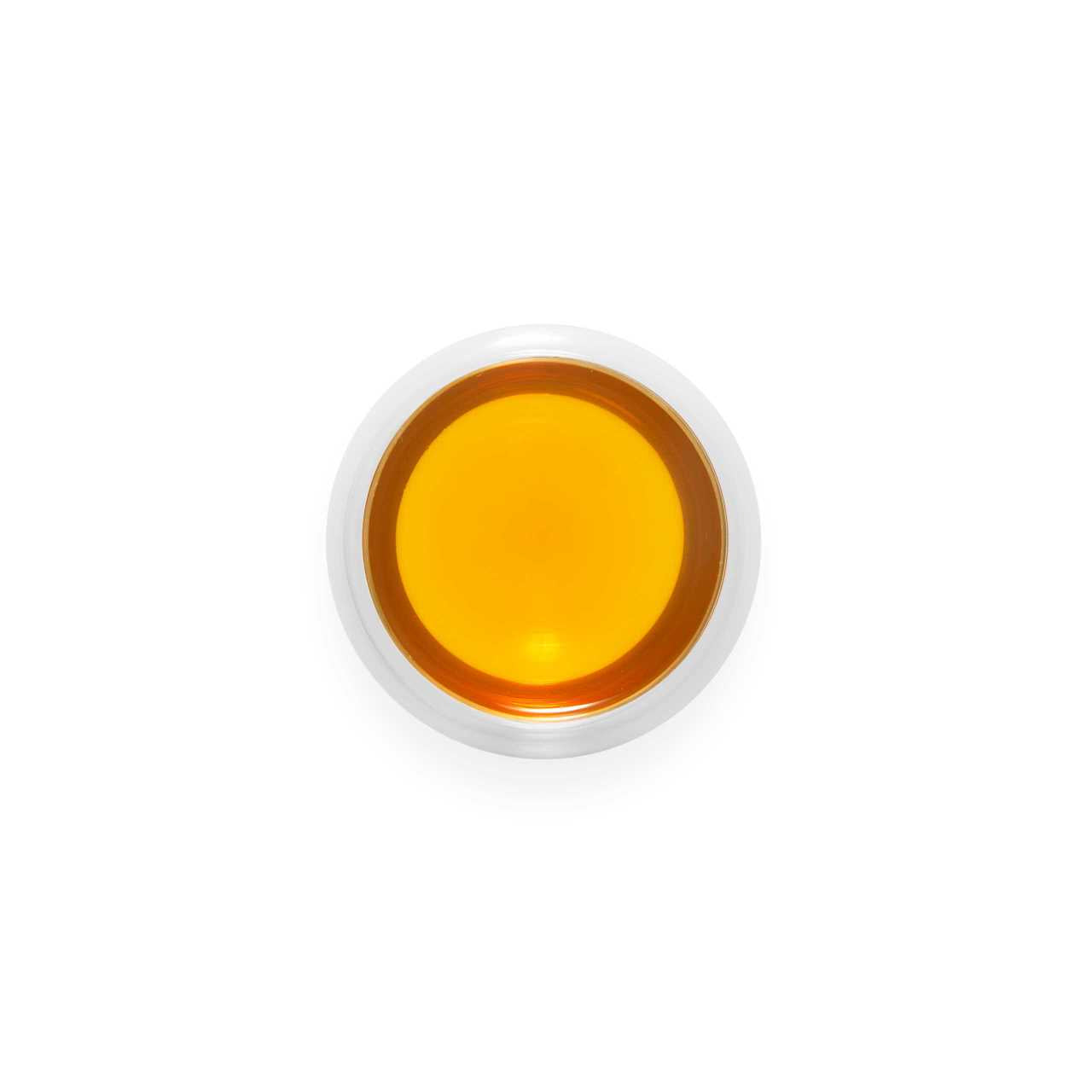

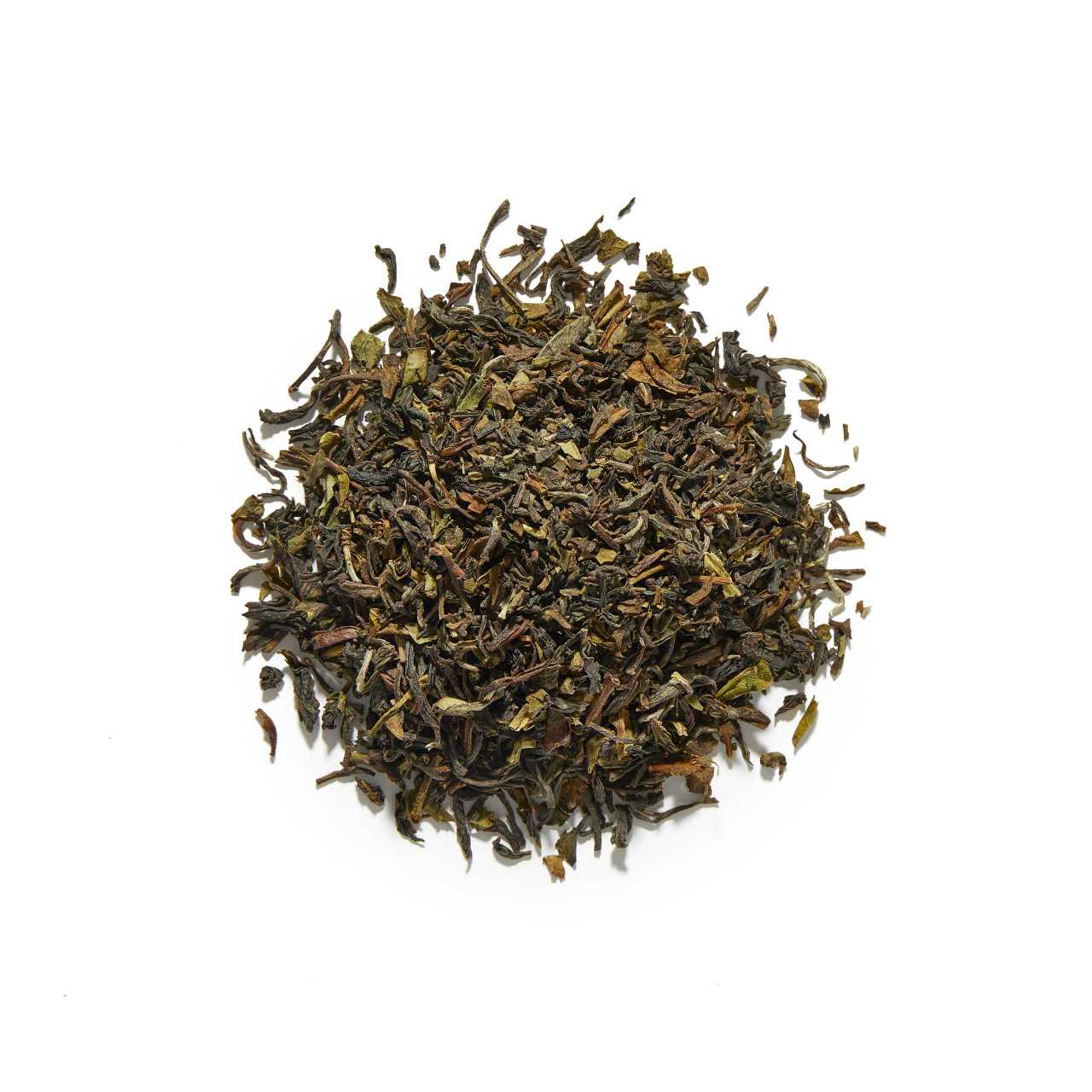

No. 8
Darjeeling House Blend - First Flush Teabag Envelopes
This award-winning, first-flush loose-leaf Darjeeling boasts a delightful light amber colour and refreshing muscatel flavour that can be enjoyed any time of day.
Choose options
This award-winning, first-flush loose-leaf Darjeeling boasts a delightful light amber colour and refreshing muscatel flavour that can be enjoyed any time of day.
This award-winning, first-flush loose-leaf Darjeeling boasts a delightful light amber colour and refreshing muscatel flavour that can be enjoyed any time of day.
The origins of our Darjeeling House Blend Teabag Envelopes
Our award-winning loose-leaf Darjeeling blend delicately combines the invigorating qualities of early summer, First Flush, tea leaves with the stunning muscatel flavour that this Indian black tea is famed for. With its light, floral fragrance and a hint of sweetness, this blend is a heavenly, high-quality tea that has been recognised by the Great Taste Awards and Guild of Fine Foods.
Darjeeling House Blend is a first-flush tea, harvested in summer in the hilly, monsoonal Darjeeling district in West Bengal, India, one of the world's most celebrated tea-growing regions. Our House Blend is characterised by succulent, rolled leaves with tender, silvery-green tips, our House Blend makes a lovely amber brew with a refreshingly astringent flavour. Enjoy it hot or chilled – and the fact that its sweet taste means you don't need to add milk or sweeteners!
Darjeeling is renowned for producing fine seasonal teas or flushes. These flushes are oxidised to varying degrees for teas of different strengths, with the first flush particularly known for delivering the muscatel flavour that's a hallmark of Darjeeling teas.
While Darjeeling is technically a black tea, it is processed more like green tea, where the leaves are given minimal oxidation before being rolled to preserve their natural flavours. Darjeeling is much lighter and sweeter than most black and green teas but has all the benefits of black tea. Among other things, it's high in antioxidants and associated with helping lower cholesterol and blood pressure.
What makes Darjeeling special
The name Darjeeling comes from the Tibetan for 'Land of the Thunderbolt', a reference to the region's monsoonal climate that's prone to frequent thunderstorms. Tea gardens here are laid out across the steep sub-Himalayan foothills at elevations of 90-1,750m, which are exposed to plentiful rain and sporadic bouts of sunshine. This weather, along with Darjeeling's steep terrain and varied, rocky soils, come together in a magical combination to create nuanced teas that can be as individual as the farmers who grow them.
Unlike most Indian teas, which are derived from the large-leaved assamica variety of tea bush, Darjeeling teas come from the small-leaved Camellia sinensis plant commonly grown in China.
This is down to a British civil servant called Dr Archibald Campbell, who was appointed Darjeeling regional superintendent for the East India Company in 1839. In 1841, Campbell started to experiment with planting seeds of the Chinese tea plant, Camellia sinensis, brought from Kumaon in Nepal. The plants took root, tea nurseries were established and by the 1850s commercial development of the industry was well underway.
As tea farmers adapted their tea-growing practices to the district's unique agro-climatic conditions, they passed down their knowledge through the generations. Darjeeling became established as one of the world's finest teas. In 2011, Darjeeling's special qualities and unique character were recognised internationally with the awarding of Geographical Indication status, which protects the style and means only Darjeeling grown in Darjeeling can be marketed as such. Given its light character and revered status, it's little wonder that Darjeeling is often described as the 'Champagne of teas'!
Alternatives to this unique black tea blend
For an exceptional example of a spring flush Darjeeling, try our evocatively named Snowview First Flush. The addition of bergamot pieces makes Darjeeling Earl Grey a lovely full bodied or citrusy option or, for a floral loose leaf tea with plenty of those Darjeeling muscatel flavours, check out our Margaret's Hope First Flush.
For tea brewed in a flash, try our biodegradable Darjeeling tea bags. You can find out more about Darjeeling and what makes its flushes so special in our Tea Journal.
This tea offers a sweet fruits and floral aroma and golden infusion. A delicately muscatel cup and notes of orange blossoms with fruity mouthfeel.
Pure Indian black tea
